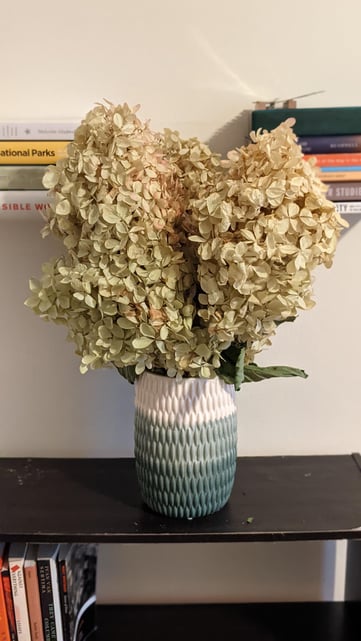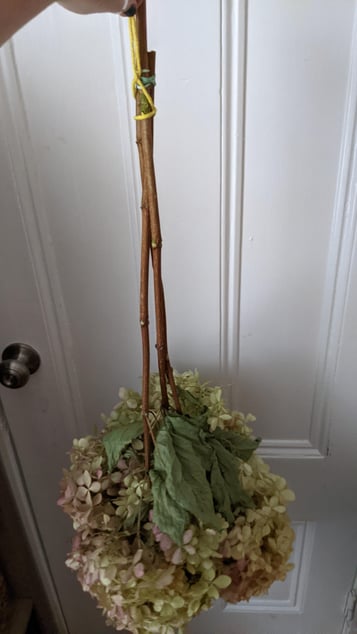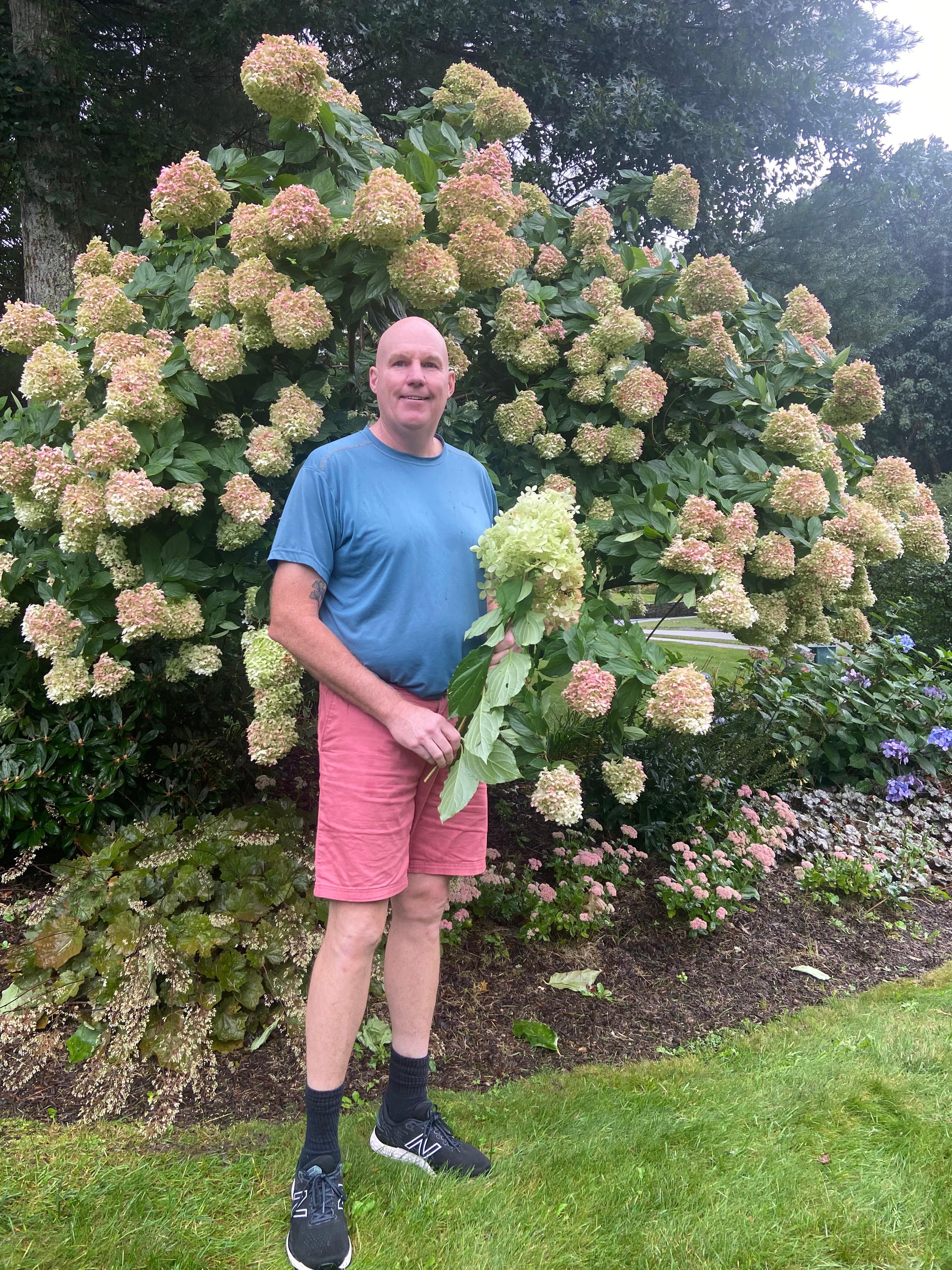Working in a garden center every day I am surrounded by plants, and what do I do on my day off? Go visit gardens and landscapes. Some people may call it a disease; I call it an opportunity to learn more and enrich myself on how plants grow and which ones work well with each other. This past summer I visited a number of public gardens, took a bunch of photos and really spent time seeing mature plantings in combination with newer installations of gardens. Every garden I explored there was something different to see, whether it was a blossom, seed pod, exfoliating bark, interesting fruit, textures and colors galore. I took down notes of plants I had to add to my own landscape and now I am on the hunt for them.


All these gardens had something in common—hydrangeas were in bloom everywhere. Who doesn’t take pleasure in the beloved hydrangea? It’s everywhere and there seem to be new ones coming out each year. Here’s a tease: Google Little Lime Punch to see what’s coming in 2022. Hydrangea flowers come in shades of blues, pinks, whites and red. Some varieties grow small and others grow taller. It is the most versatile plant in the landscape that we can all appreciate.
The summer of 2021 certainly put pressure on the plants in our landscapes this season. Record rainfall in July combined with four heat waves and yet most of the plant material still shined, especially the beloved Hydrangeas. Of course hydrangea loves water and because of that the flowers kept on coming and the size of the blooms have been much larger than in previous years. I have close to 20 different types of hydrangea growing in my yard and some say I am obsessed with them. I think the reason I love hydrangeas so much is they are one of the only plants that give color all summer long.

With Staycations being the best new thing and while you are out in your yard enjoying throwing a ball to your dog or playing corn hole with some friends, nothing is better than to be surrounded with all that color—it just brightens the mood. But then suddenly fall comes quick and the flowers start to fade and turn brown and they are gone. Wait, one minute you’re enjoying the summer colors the next they’re fading away. However there is a way you could enjoy the summer blooms all year long.
Did you know hydrangea blooms are one of the easiest flowers to preserve? There are other types of plants that easily can be dried and then you can use them in homemade arrangements or wreaths for decorating any room or give as a gift. If you are stuck at home and you are looking for an activity with the kids you can take the flowers and press them then put them in frames to enjoy forever.
Besides Hydrangea, there are quite a bit of perennials and annuals that dry nicely as well. I have tried other shrubs and they don’t show the colors as well as hydrangea after they dry out.
Here is a short list of other plants you may want to dry the flowers:
Amarantha, Artemisa, Astilbe, Celosia, Coneflower, Lavender, Marigold, Pansy, Globe Thistle, Rose, Salvia, Strawflower and Yarrow.
Don’t forget the pods. Cutting and drying the seed pods and fruits of daylily, roses (hips), clethra, hypericum (lots of new varieties), plus ornamental peppers and ornamental grasses also add interesting texture and colors to winter arrangements.
The process is pretty simple. To retain the best coloration I would prune the branches when the blossom is mid-way through the bloom time. The color will be fading but they will still hold most of their shape, and they will start to take on a papery feel. The best time to cut the flowers is in the morning just before the blooms completely open; make sure not to do this on a rainy day. When you prune off the flowers from the plant, take 5 to 6 inches of stem then remove all foliage from stems.
Create a bundle of 8 to 10 stems and tie them off with a rubber band, jute twine or zip tie. Air-drying is the best way to preserve the stems. Take the bundle and hang it upside down from a hook or coat hanger in a dark, dry, well-ventilated area out of sunlight. I find that the shed or garage works great just make sure that there is no humidity and you have good air circulation. Dry heat is the best.
In 2 to 3 weeks the flowers should be dry. Another trick to preserve them is to spray the flowers with hair spray once they have dried.
Most dried flowers last 2 to 3 years. This is a great way to take some of the colors of summer and fall and carry them into the winter. With the holidays approaching you can utilize all these dried pods and flowers to excite any room in your house or create a teacher’s gift that is handmade.
And don’t forget when you start to plan out and design your gardens next year to include some of the above mentioned plants. You will be glad you did if you are looking to try drying plants for the first time.
